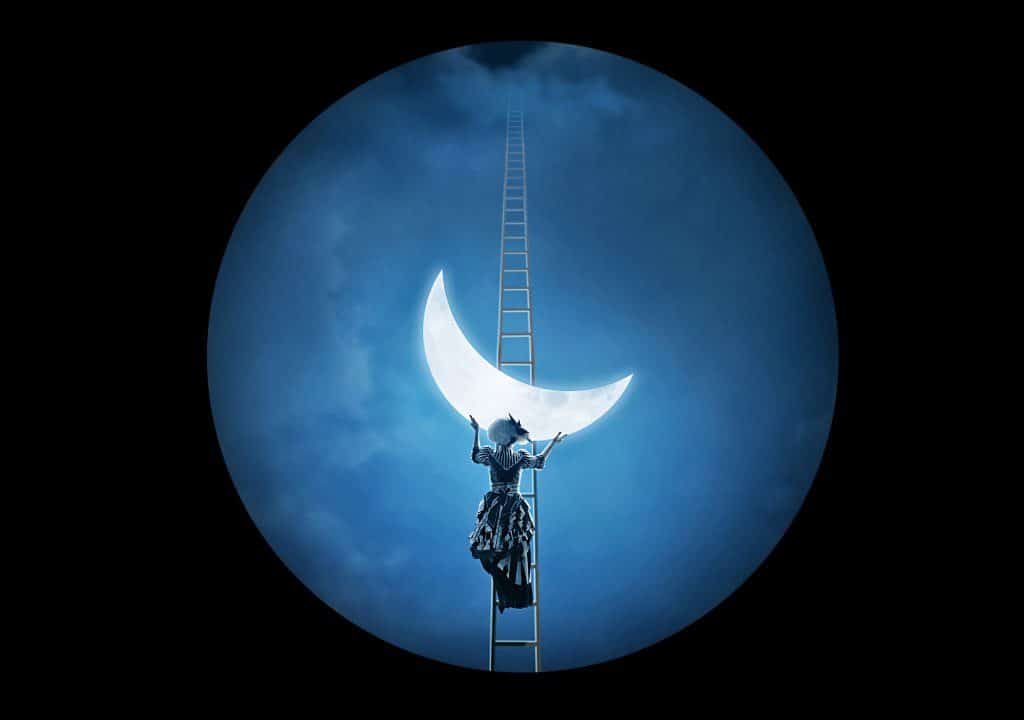The beginning of 2025 brings a lunar calendar filled with opportunities to connect with natural rhythms. From the Full Moon on January 20, which amplifies emotional energy, to the New Moon on January 29, ideal for reflecting on goals, each lunar phase offers valuable insights for emotional and financial balance. Understanding these stages helps maximize their positive impact on our decisions.
How to Use the Lunar Phases of January 2025 to Make Decisions
As 2025 begins, the lunar phases present themselves as a powerful guide for those seeking to align their decisions with natural rhythms. For centuries, various cultures have documented the Moon’s influence on tides and emotions. Today, this ancestral tradition finds support in astronomical observations that confirm the relevance of lunar cycles for daily life.
Importance of Understanding Lunar Phases
Since ancient times, farmers have relied on the Moon’s position and shape to determine the best times to plant and harvest.
Similarly, in modern times, it has become popular to believe that the Full Moon heightens emotional states, leading to intense dreams and increased intuition. However, not everyone perceives its effects in the same way. At the same time, modern science continues to explore the relationship between these cycles and our biological rhythms to provide more concrete explanations.
Lunar Phases January 2025
Key Dates for January 2025
In this initial stage of the year, the Moon will go through four significant phases:
- Full Moon (January 20): Often associated with heightened emotional energy. Therefore, it is advisable to avoid impulsive decisions and, when selling items or properties, to offer reasonable prices to navigate fluctuations.
- First Quarter (January 22): This phase favors growth and expansion. Consequently, it is recommended to start projects, explore investments, and finalize contracts.
- New Moon (January 29): This phase tends to create market instability. On the other hand, moderation in purchases and investments is suggested. It is also a favorable moment to reflect on new goals and reassess objectives.
- Last Quarter (January 31): Facilitates the completion of cycles. Thus, it is ideal for recovering debts, finalizing pending deals, and reorganizing priorities before closing the month.
Tips for Making Financial and Emotional Decisions
- Adopt a strategic vision: The Full Moon can provoke intense reactions. However, it is wise to defer financial agreements or legal processes during this phase and wait for the waning phase to negotiate with a calmer mind.
- Choose the right moment to invest: During the Waxing Moon, business initiatives thrive more smoothly. Additionally, personal motivation increases, helping to tackle new challenges with dynamism.
- Anticipate volatility: During the New Moon, caution is crucial. While opportunities may seem appealing, this period requires detailed analysis to avoid setbacks.
Astrologers and some lunar scholars suggest intervals of greater prosperity between 10:30 AM and 12:30 PM, especially during the peak phases—Full Moon and New Moon—for starting projects or planning significant events.
Meanwhile, the Waxing Moon presents an ideal atmosphere for financial growth, while the Waning Moon is seen as favorable for closing commitments and sealing previously initiated agreements.
Renewal Ritual for the Beginning of 2025
Starting 2025 with a simple but symbolic ritual can serve as a catalyst for personal and professional goals.
Just as the Moon goes through phases of transformation, those seeking a fresh start can light a white candle during the New Moon and write down their intentions for the cycle ahead. Ultimately, a moment of stillness at dawn or dusk allows for reflection on goals and aligning personal energy with the cosmos.
The lunar phases of January 2025 emerge as a celestial map that, when carefully analyzed, provides balance to our decisions and routines. Therefore, paying attention to each stage proves beneficial, especially at the start of a new annual cycle. Nevertheless, each individual experiences these periods uniquely, and the key lies in combining objective observation with personal introspection.






